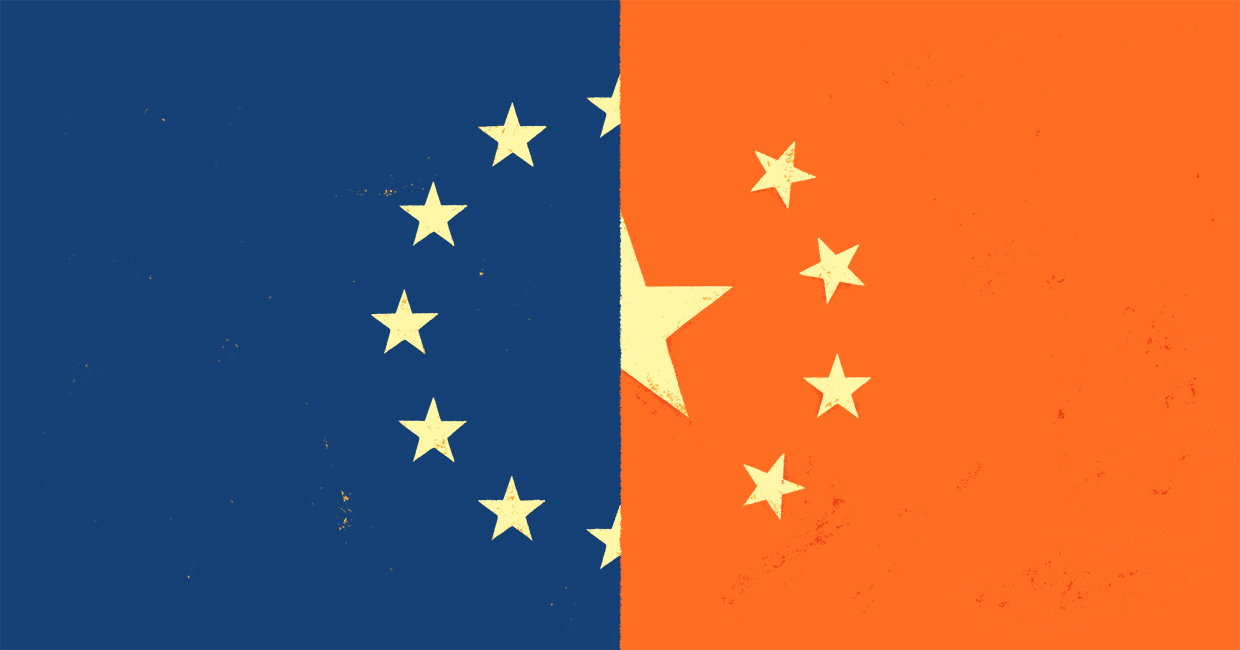Dealmaking teams have watched from their home offices as mergers and acquisitions action has spiralled downward, hitting the sort of lows you’d expect amidst an unexpected pandemic.
According to global financial data company Refinitiv, global M&A sank 28% for the first quarter, a significant decline in year-over-year activity compared to Q1 in 2019. The number of deals fell 16% year-over-year during that same time period, leaving deal teams in a bit of a pinch.
But investment bankers aren’t sitting in a dealmaking wasteland spurred by COVID-19 waiting for the rebound. They’re getting creative. Boutique and independent investment banks are pursuing opportunities in restructuring at a pace not seen since 2009.
“M&A people are being retooled and repurposed so they can advise on capital markets and restructuring,” a restructuring banker recently told the International Financing Review. “These are very sensitive times for companies. We are helping them look at their liabilities and whether they can raise equity and other capital. We are basically helping them think these things through.”
Portrait of a Pandemic Slowdown
To understand the forces driving the transition, you need to look no further than Dealogic data recently published in The Wall Street Journal. M&A deal value started the year off around $151 billion in January, spiking to $230 billion in February. The first two of five fiscal weeks in March looked promising, notwithstanding the virus in circulation, seeing $131 billion in activity. But by the end of March, the last three weeks had only added $49 billion in deals.
Headline-making deals like Xerox’s $34 billion offer for rival HP and the subsequent abandonment of the hostile bid in late March made it overtly clear the pandemic was going to be a new force on the M&A market. It’s something Xerox explicitly called out in its statement backing down from the bid: “While it is disappointing to take this step, we are prioritizing the health, safety, and well-being of our employees, customers, partners, and other stakeholders, and our broader response to the pandemic, over and above all other considerations.”
It’s now clear that a combination of wild swings in the markets, their effect on valuations, and the inability to leverage in-person negotiations, are crippling dealmaking activity. Toss in the difficulty securing debt financing from banks preoccupied with a wide-reaching financial crisis, and the pandemic has continued to create an uncertain climate for M&A advisors.
Restructuring advisors, on the other hand, are sitting pretty. According to Bloomberg data, companies across the globe have, “tapped lenders for roughly $200 billion of fresh cash to weather the virus turmoil, drawing down backup credit lines that typically lie unused and raising new short-term facilities.”
“If the situation continues to worsen, we can expect to see situations develop into full-blown debt restructurings and we may see an increase in potential insolvencies,” Martin Gudgeon, head of European restructuring and special situations at PJT Partners Inc, recently told Bloomberg.
Restructuring as an Opportunity for the Middle Market
In a sense, restructuring teams are the frontline for businesses amidst the coronavirus pandemic. M&A advisors, especially agile teams outside of bulge bracket banks, make likely additions to this frontline.
“These guys are an enormous resource. They know industries very well. They are very connected to clients and often get the first call when there is trouble,” the head of a restructuring shop told IFR. “A CEO may not know a restructuring banker, but he will often know an M&A banker.”
Independent financial advisory and asset management firm Lazard is taking its frontline seriously. In April, Lazard announced a new London-based role for its global restructuring practice. According to Reuters, the firm has won mandates from companies like Boeing Co (BA.N) and Macy’s Inc (M.N) amidst lockdowns across the globe.
“We’re working with a range of companies to help them assess the impact of coronavirus and to think through their business plans and liquidity positions,” Burlison told Reuters, adding that it’s focused on more than just restructuring. “Ultimately companies across sectors want to ensure that they’re doing everything they can to protect their businesses.”
IFR reports that boutique advisors Greenhill had already been looking at bolstering its restructuring team in an effort to balance its ebbing M&A practice. Fellow boutique advisor Rothschild and Co. made some additions of its own in early March.
The current climate presents a particular opportunity for the boutique and independent firms that might have a little more flexibility for retooling their M&A advisory teams compared to bulge bracket shops with close ties to lenders.
Deals Not Gone and Far From Forgotten
The coronavirus pandemic is fairly unprecedented, but if the global financial crisis of 2008 is any indicator, this restructuring phase could create fertile M&A territory in the years ahead. Looking at the past decade, M&A activity saw a fairly steady climb in the aftermath of the 2008 financial crisis and according to Bloomberg data, $18 trillion worth of deals were announced globally over the past five years.
Tabled deals like Xerox’s aggressive bid for HP may slip from view in the midst of the crisis, but for every Xerox, there are dozens more transactions on hold. Building out restructuring teams is not just a coping mechanism. It’s a way to capitalize on the situation and build relationships that could result in dealmaking services further down the line. And there will be a “further down the line” moment.
As dealmaker Francis Aquila, partner and global head of M&A in Sullivan & Cromwell’s New York office, told Law.com, there may be a higher amount of delays to some transactions right now but the “drivers for M&A will still be there.”
“There are real economic, strategic and competitive forces that drive the M&A market,” he told the publication. “While those forces may take a back seat in a health crisis, they don’t simply go away. When the crisis passes, you then go back to doing the things that you would normally do.”
Illustration by Christy Lundy




